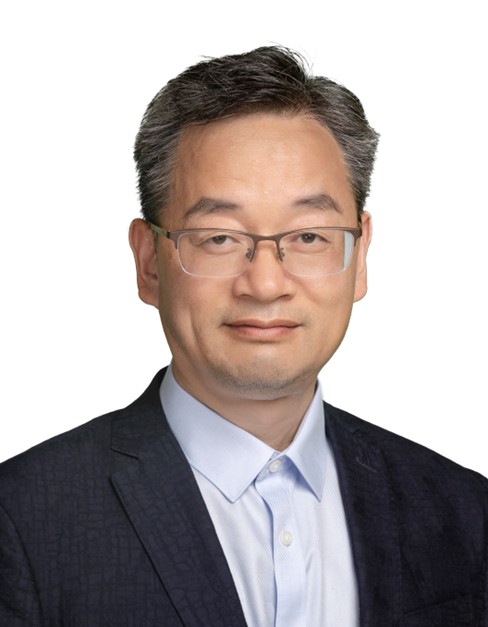 Prof. Gang Sun | 孙刚教授
Prof. Gang Sun | 孙刚教授
Fudan University, China | 复旦大学
Sun Gang, professor, doctoral supervisor, the current head of the Department of Aeronautics and Astronautics of Fudan University, the head of Fudan University in the joint construction of the "State Key Laboratory of Aieliner Integration Technology and Flight Simulation", the Innovation Center for Engine Numerical Simulation with AECC Commercial Aero Engine Co., Ltd, the Joint Laboratory of Civil Aircraft/Engine Digital Flight Test with Shanghai Engineering Technology Research Center of Civil Aircraft Flight Testing, the editorial board member of some journals such as Journal of Aerodynamics, Applied Mechanics and Mathematics, Civil Aircraft Design and Research, Aeronautical Science and Technology, the senior writer and reviewer of top journals in the field of aviation and power, such as Aerospace Science and Technology, Journal of Aerospace Engineering, Chinese Journal of Aeronautics, and the member of many organizations such as the Teaching Steering Committee of the Ministry of Education, the Chinese Society of Aeronautics and Astronautics, the Academic Committee of the National Key Laboratory.
Research interests include complex flow mechanism, aerodynamic optimization and design of aircraft/engines, engine flow and overall performance simulation design, artificial intelligence and digital twin methods, aerodynamic noise calculation and noise reduction design, etc. Once participated in the development of ARJ21-700, C919, C929, CJ-1000, CJ-2000 and other major national projects. Research results have been tracked and evaluated by many well-known scholars. So far has published more than 300 papers and conference reports, and won 5 provincial and ministerial science and technology awards.
 Assoc. Prof. Xuhui Li | 李旭晖副教授
Assoc. Prof. Xuhui Li | 李旭晖副教授
Harbin Engineering University, China | 哈尔滨工程大学
Xuhui Li is an associate professor at Harbin Engineering University. He obtained his Ph.D. degree from Kyushu University(Japan) in 2016, and conducted postdoctoral research at Ecole Centrale Nantes(France) and Southern University of Science and Technology(China) from 2016 to 2020. Currently, his research primarily focuses on computational fluid dynamics in naval architecture and ocean engineering, particularly involving the theory, algorithms, and GPU parallel computing of the lattice Boltzmann method and high-order finite volume method, as well as their applications in complex free-surface flows, cavitation, noise and related fields. He has presided over more than 10 projects, including the National Natural Science Foundation of China General Program, and has published over 20 papers.
 Dr. Zhaolin Chen | 陈肇麟博士
Dr. Zhaolin Chen | 陈肇麟博士
Nanjing University of Aeronautics and Astronautics, China | 南京航空航天大学
Dr. Zhaolin Chen obtained both his MEng (Aerospace Engineering) in 2009 and his Ph.D (Aerodynamics) in 2014 from the University of Sheffield, UK. He started his carrier working as a Post-Doctoral Research Associate at the University of Sheffield after his Pd.D under Professor Ning Qin. From 2015 to 2018, he served as a Senior Engineer in the Turbomachinery Design Department at FlaktGroup Ltd. in the United Kingdom. In 2019, He joined in the department of aircraft design of NanJing University of Aeronautics and Astronautics (NUAA). Research wise, his field of study focuses on the development of computational methods for solving governing fluid flow equations as well as optimization techniques. Specific research areas encompass steady and unsteady flow simulation solutions, mesh deformation techniques, optimization methodologies, and aerodynamic-structural coupling. Specific applications encompass aerodynamic and aeroacoustic simulation as well as optimization of wings and rotor blades. Recent efforts have concentrated on the design of aerial vehicles for Mars exploration. This includes the development of multi-fidelity codes for rotor design, aero-structural optimization of rotors, and performing experimental tests simulating the Martian environment.